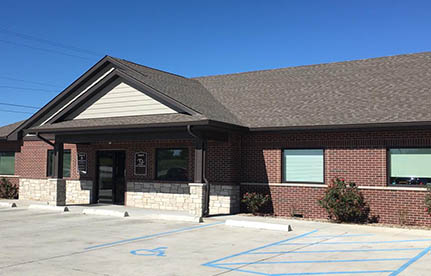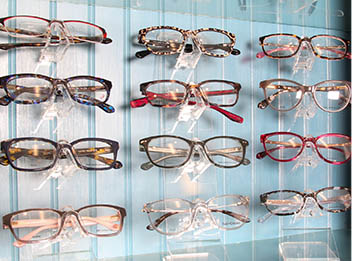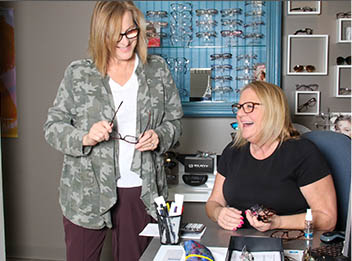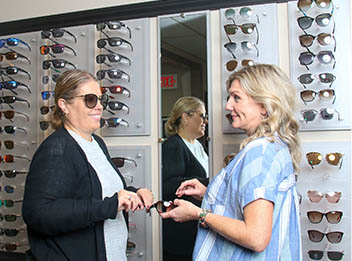Our Optical Selection

Why Choose Us for Eyewear?
Missouri Eye Consultants has been a part of your communities for more than 60 years. Our doctors and staff will let our opticians know what solutions work best for your eyes. After that, we offer a range of eyewear options to fit your lifestyle and vision needs, no matter what your fashion is.

Glasses & Frames
We have eyewear to fit all your vision needs, from work wear to sunglasses for hitting town, and you can depend on all of our frames and lenses to last and help you see clearly. Our opticians can help you narrow down choices that fit your needs, match your lifestyle, and look great with your face shape, no matter if you’re looking for the hottest brands or just want a reliable pair of frames for everyday use.

Contact Lenses
If you want to see clearly and prefer to not have glasses, contact lenses can be the perfect option for you. We provide thorough contact lens exams to get your accurate prescription, and our staff are experts at precisely fitting the lenses to your unique eye shape — which is just as crucial for clear vision as it is for your comfort.

Specialty Lenses

Sunglasses
The sun is damaging to your eyes, but at Missouri Eye Consultants, we make eye protection easy with our huge selection of name-brand sunglasses. Whether you want to see without the sun’s glare while driving or just like to look cool while you’re enjoying the heat, we have sunglasses for you. We also offer prescription sunglasses so you can see clearly and safely at the same time!

Glasses & Frames
We have eyewear to fit all your vision needs, from work wear to sunglasses for hitting town, and you can depend on all of our frames and lenses to last and help you see clearly. Our opticians can help you narrow down choices that fit your needs, match your lifestyle, and look great with your face shape, no matter if you’re looking for the hottest brands or just want a reliable pair of frames for everyday use.

Contact Lenses
If you want to see clearly and prefer to not have glasses, contact lenses can be the perfect option for you. We provide thorough contact lens exams to get your accurate prescription, and our staff are experts at precisely fitting the lenses to your unique eye shape — which is just as crucial for clear vision as it is for your comfort.

Specialty Lenses
Some of our patients have unique vision demands and needs, and we’re proud to offer a variety of specialty lenses so everyone can enjoy their best vision. We use advanced technology to determine what lens will match up best with your vision and unique eye health concerns, and our staff is trained and experienced in providing patients with the most accurate fit possible for comfortable, crisp vision.

Sunglasses
The sun is damaging to your eyes, but at Missouri Eye Consultants, we make eye protection easy with our huge selection of name-brand sunglasses. Whether you want to see without the sun’s glare while driving or just like to look cool while you’re enjoying the heat, we have sunglasses for you. We also offer prescription sunglasses so you can see clearly and safely at the same time!
Testimonials
Serving Your Eye Care Needs For 60+ Years
Columbia (Keene St.)
500 N Keene St Suite 103
Columbia, MO 65201
(573) 874-2030
Call usCall Now
Columbia on Nifong
900 W Nifong Blvd Suite 125
Columbia, MO 65203
(573) 874-2030
Call UsCall Now
